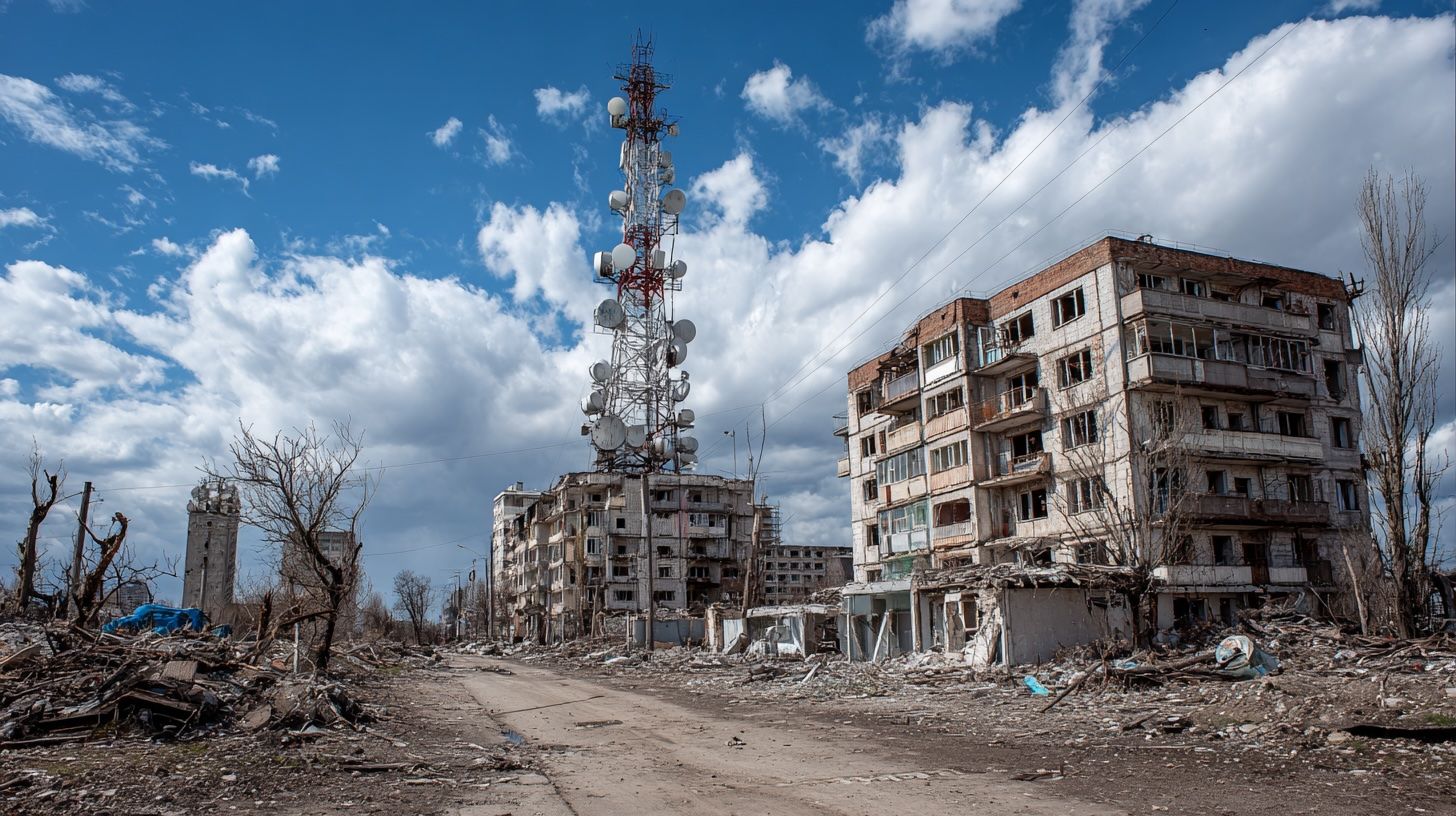
Globalstar (GSAT) Stock News Today (Dec. 18, 2025): Insider Sale Sparks Pullback as Band n53 and XCOM RAN Momentum Builds
Globalstar, Inc. (NASDAQ: GSAT) is having one of those “welcome to modern markets” weeks: a red-hot rally meets a sharp pullback, and investors are left sorting signal from noise. As of December 18, 2025, GSAT most recently traded around $56.91,









